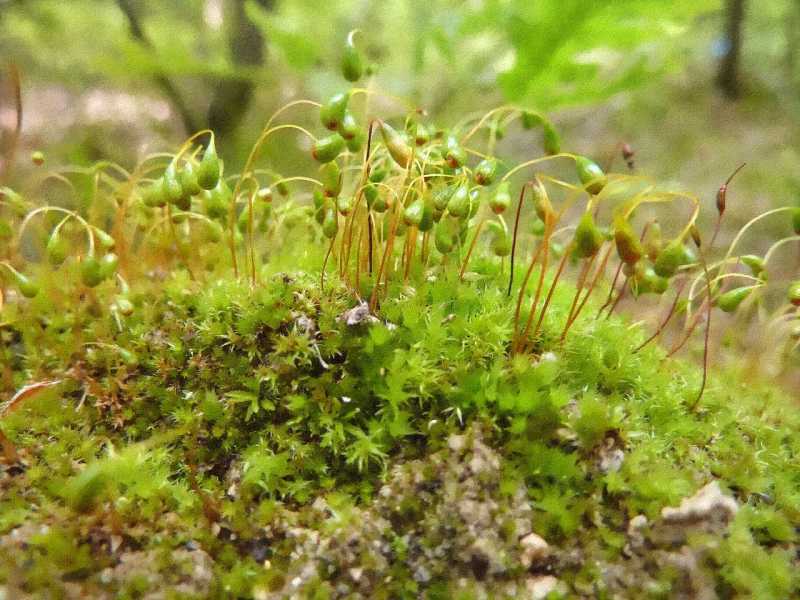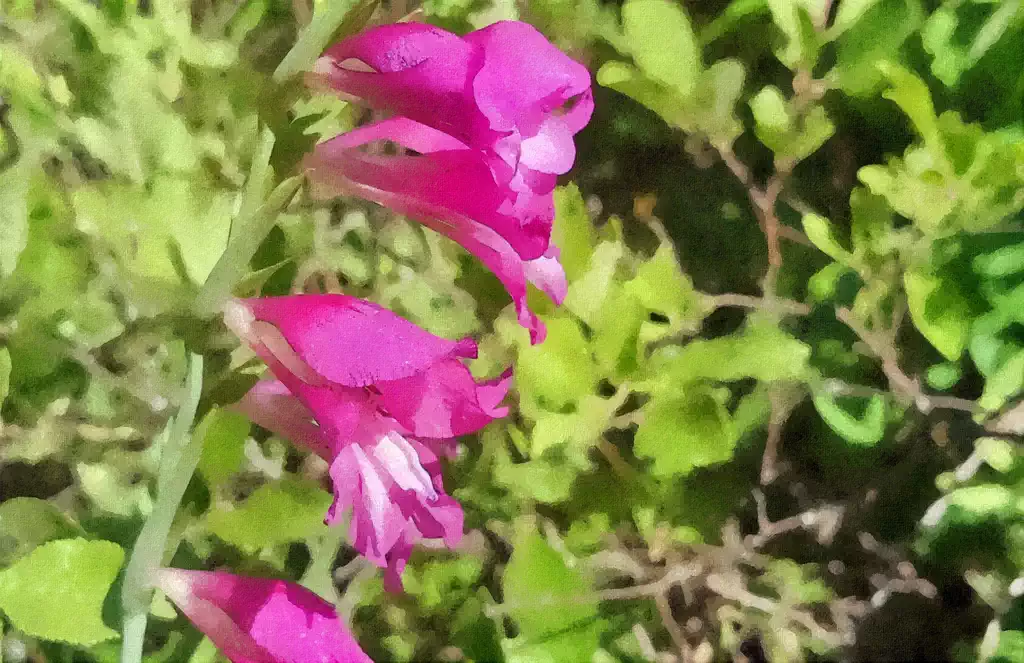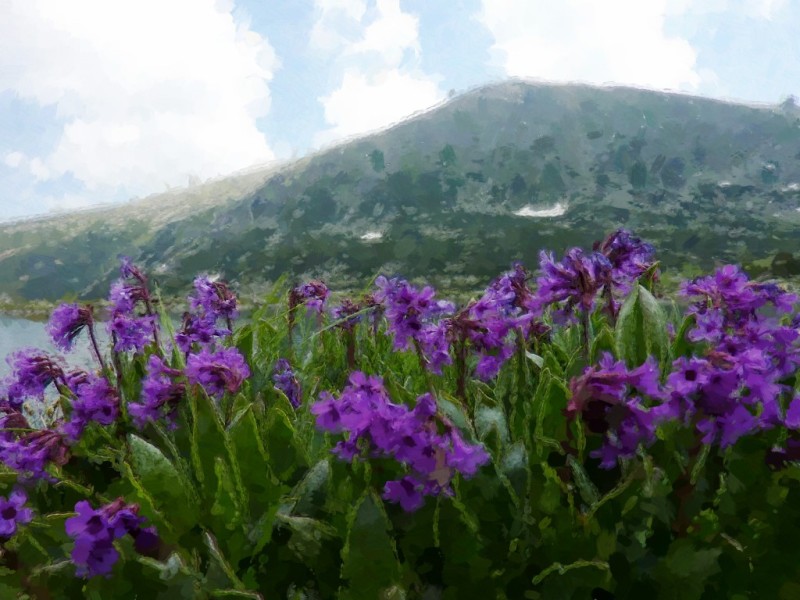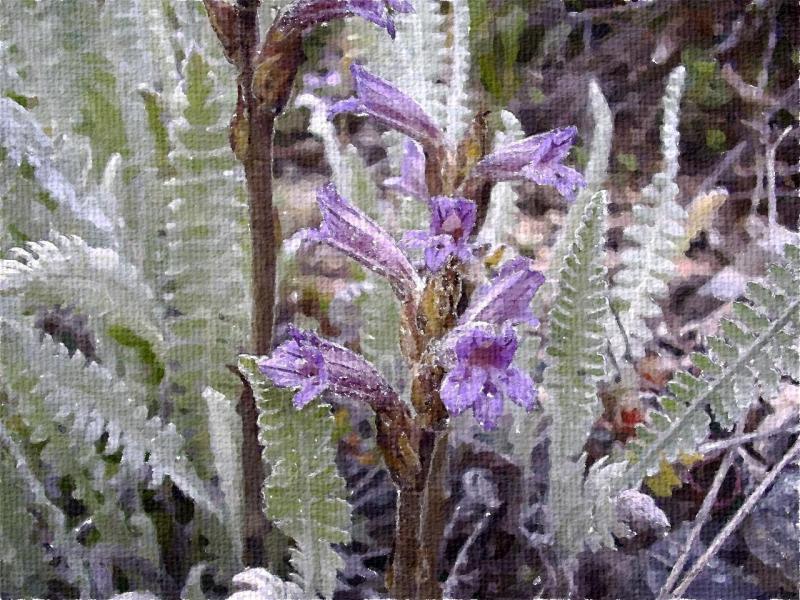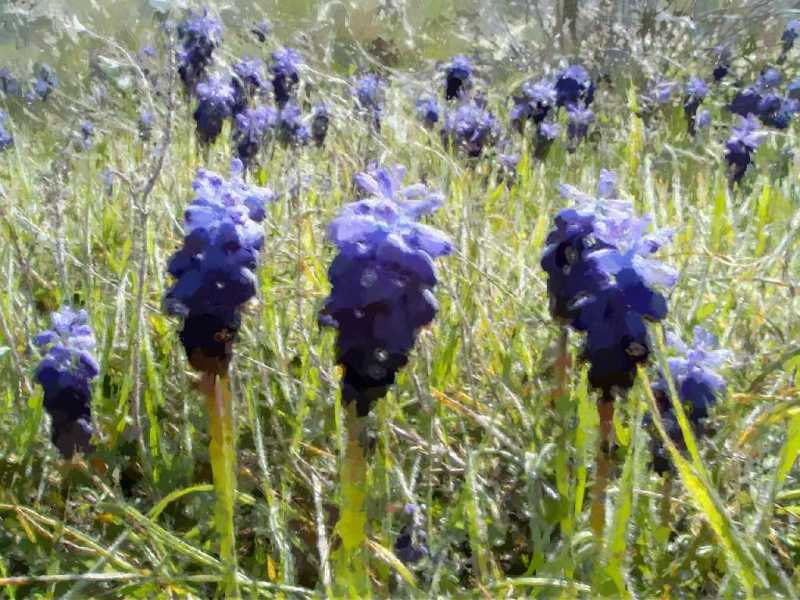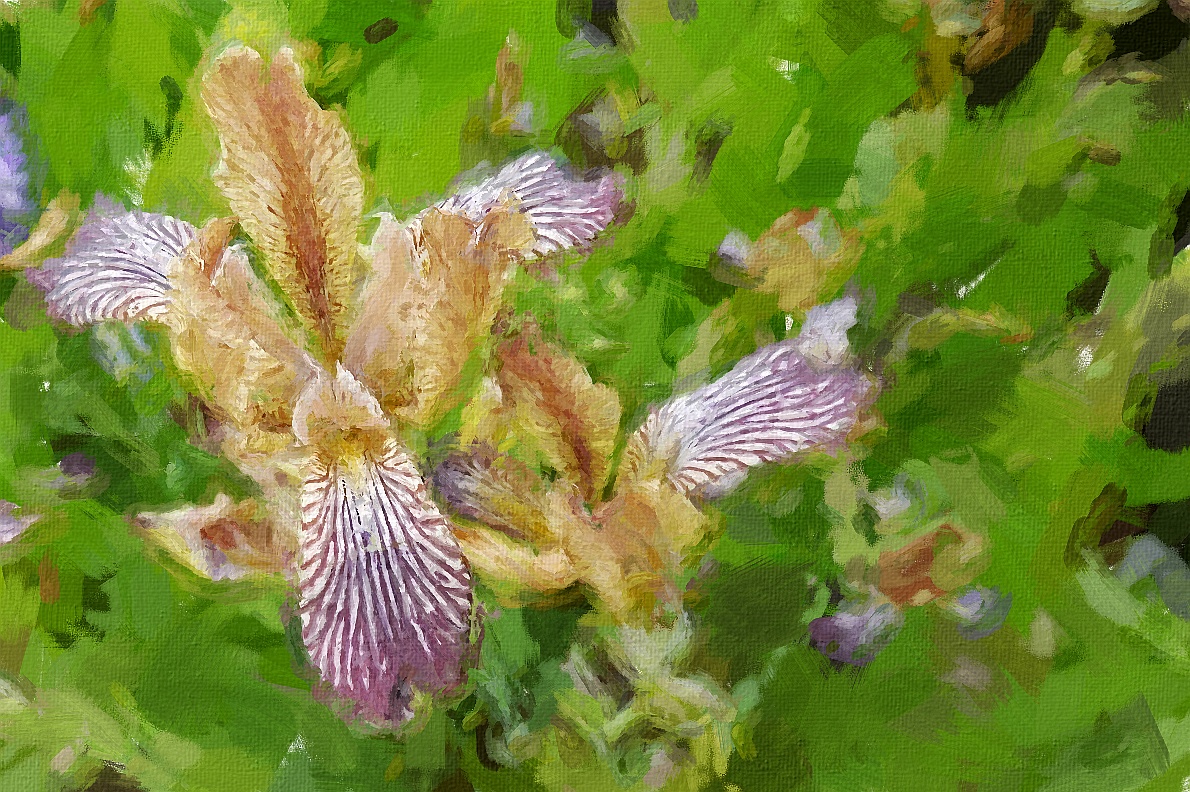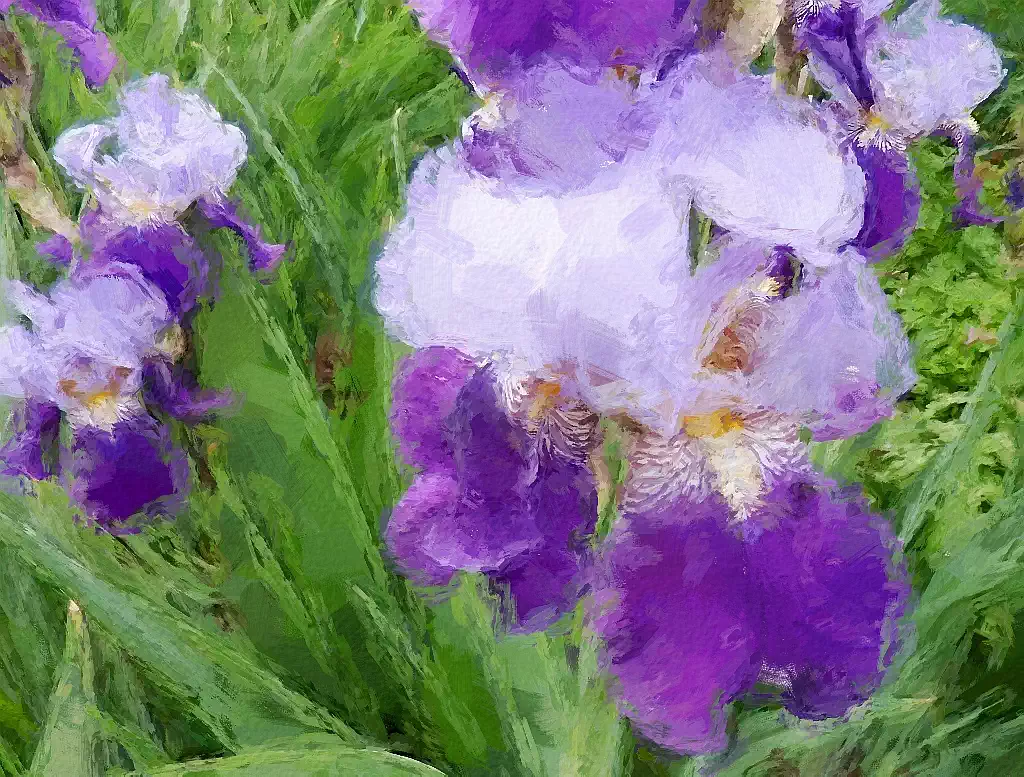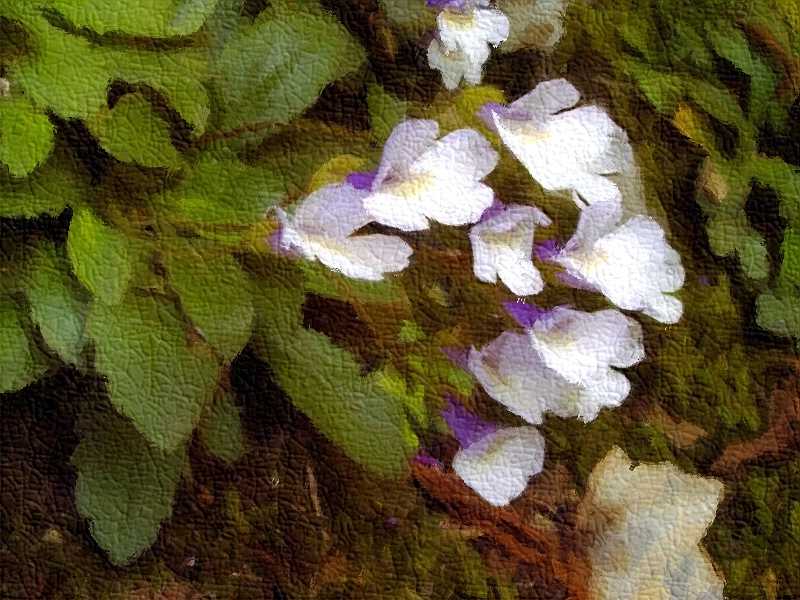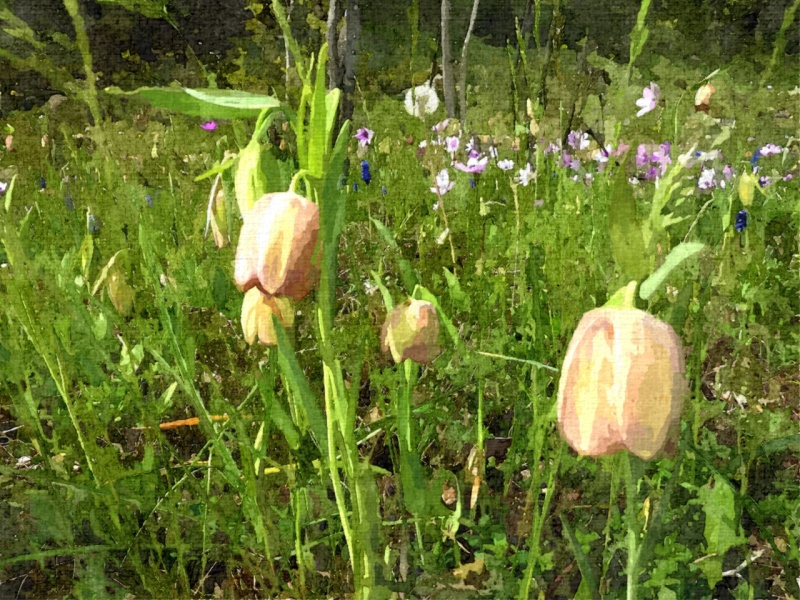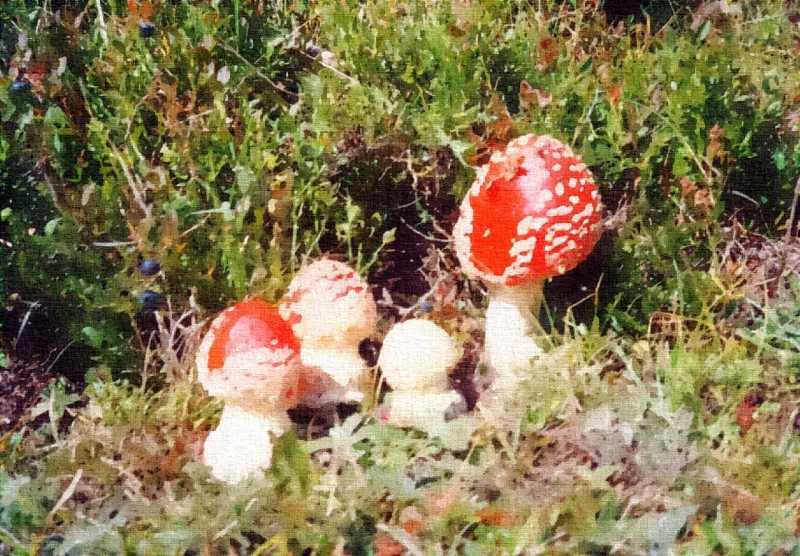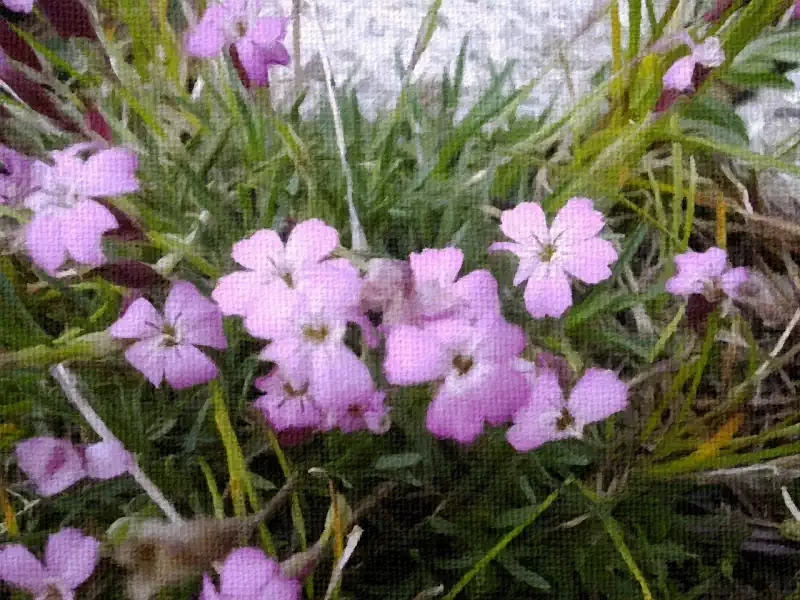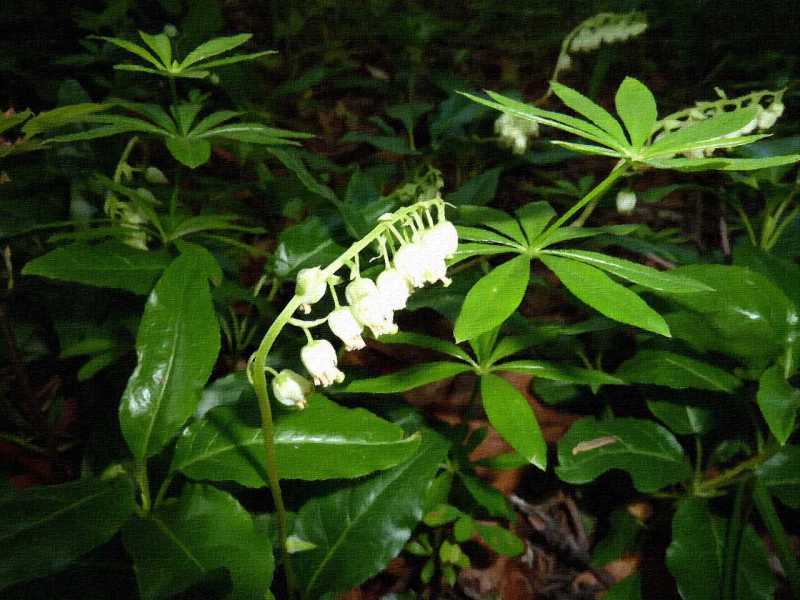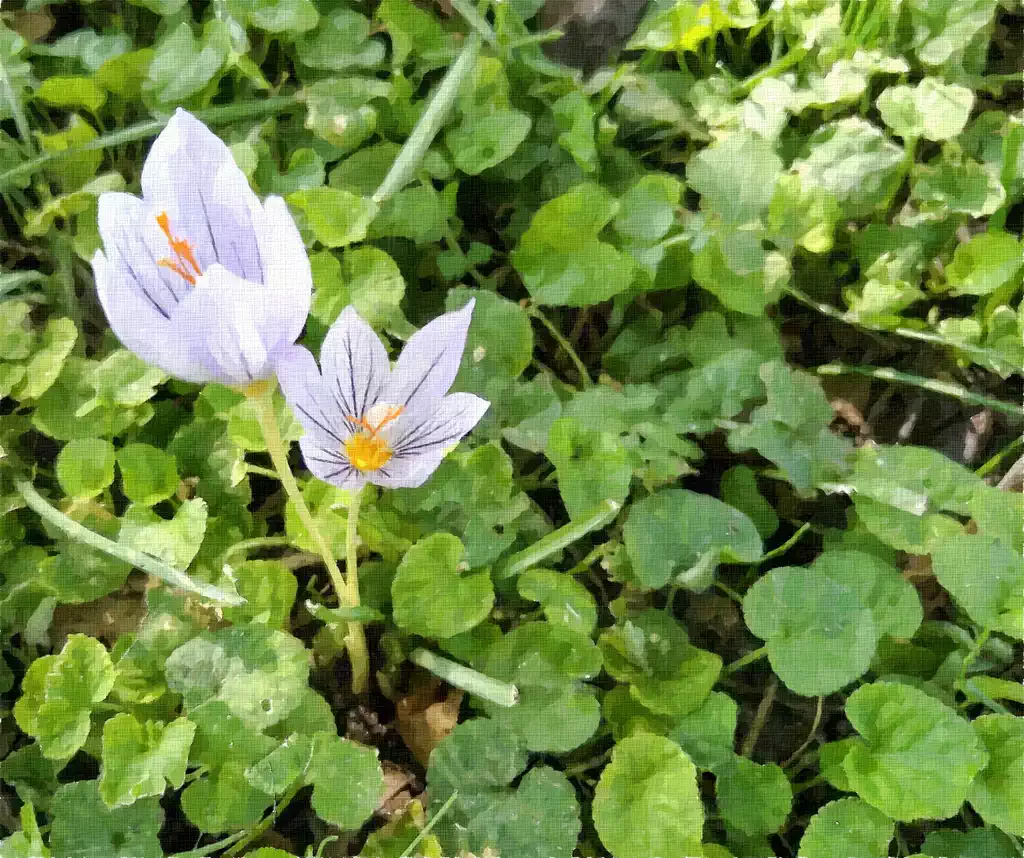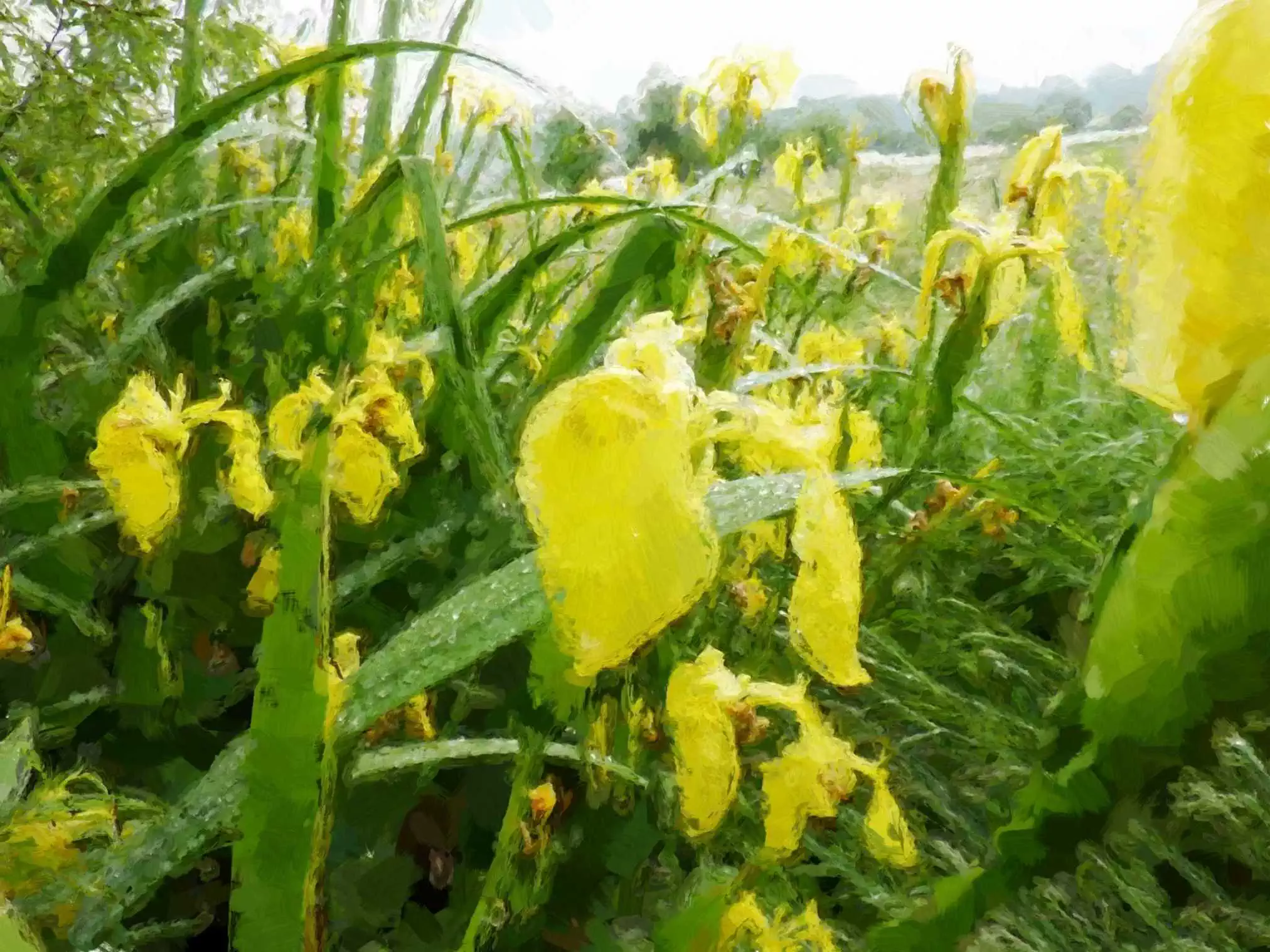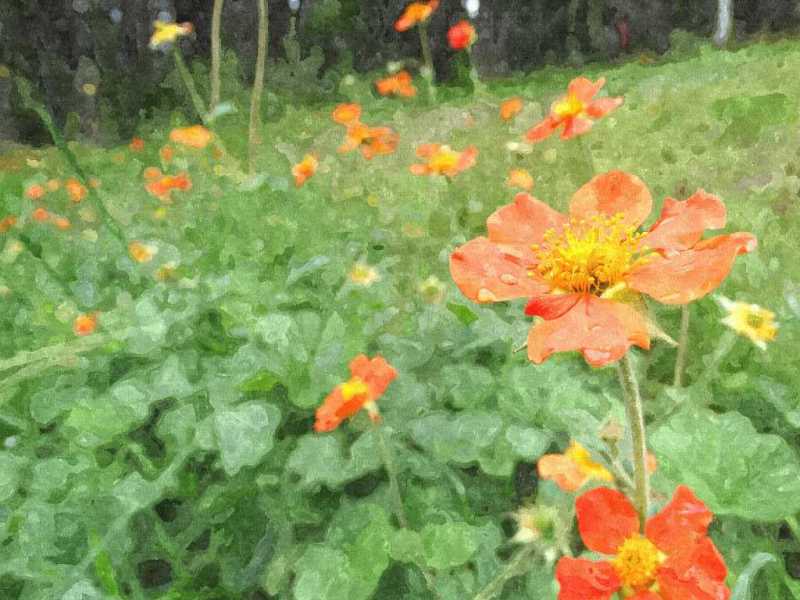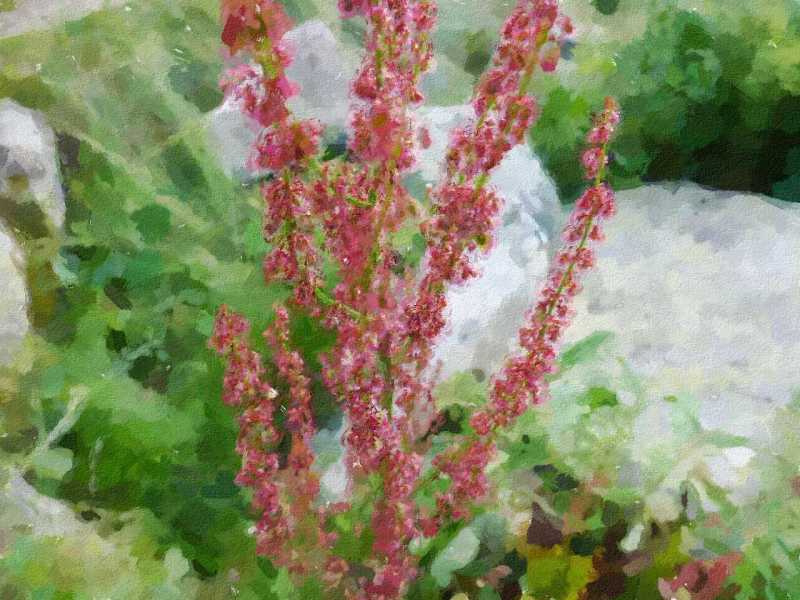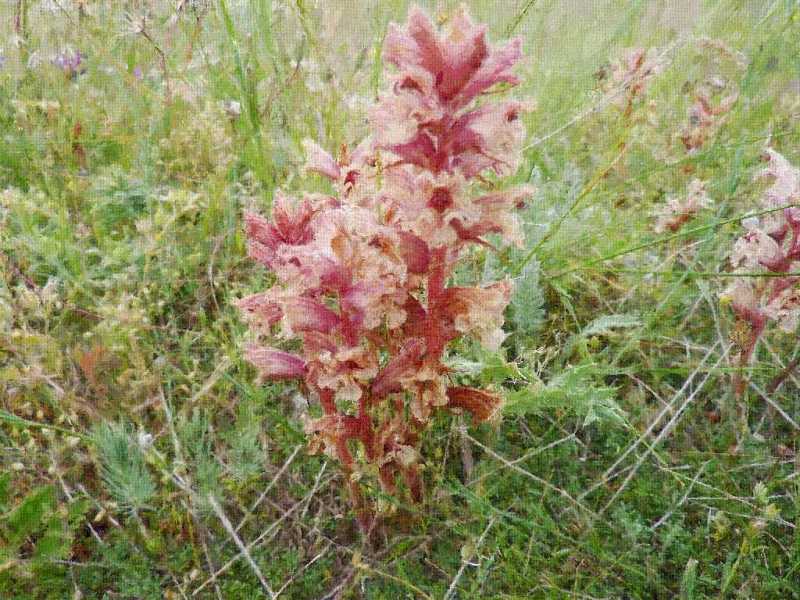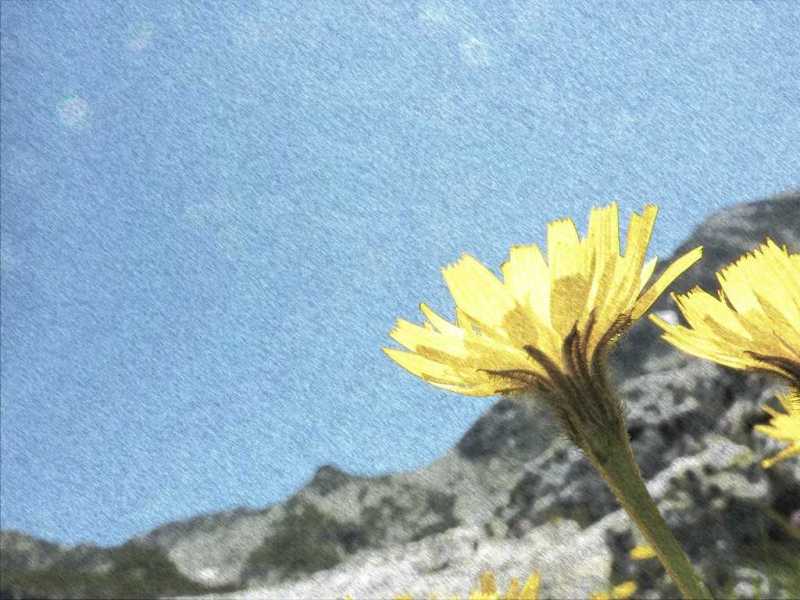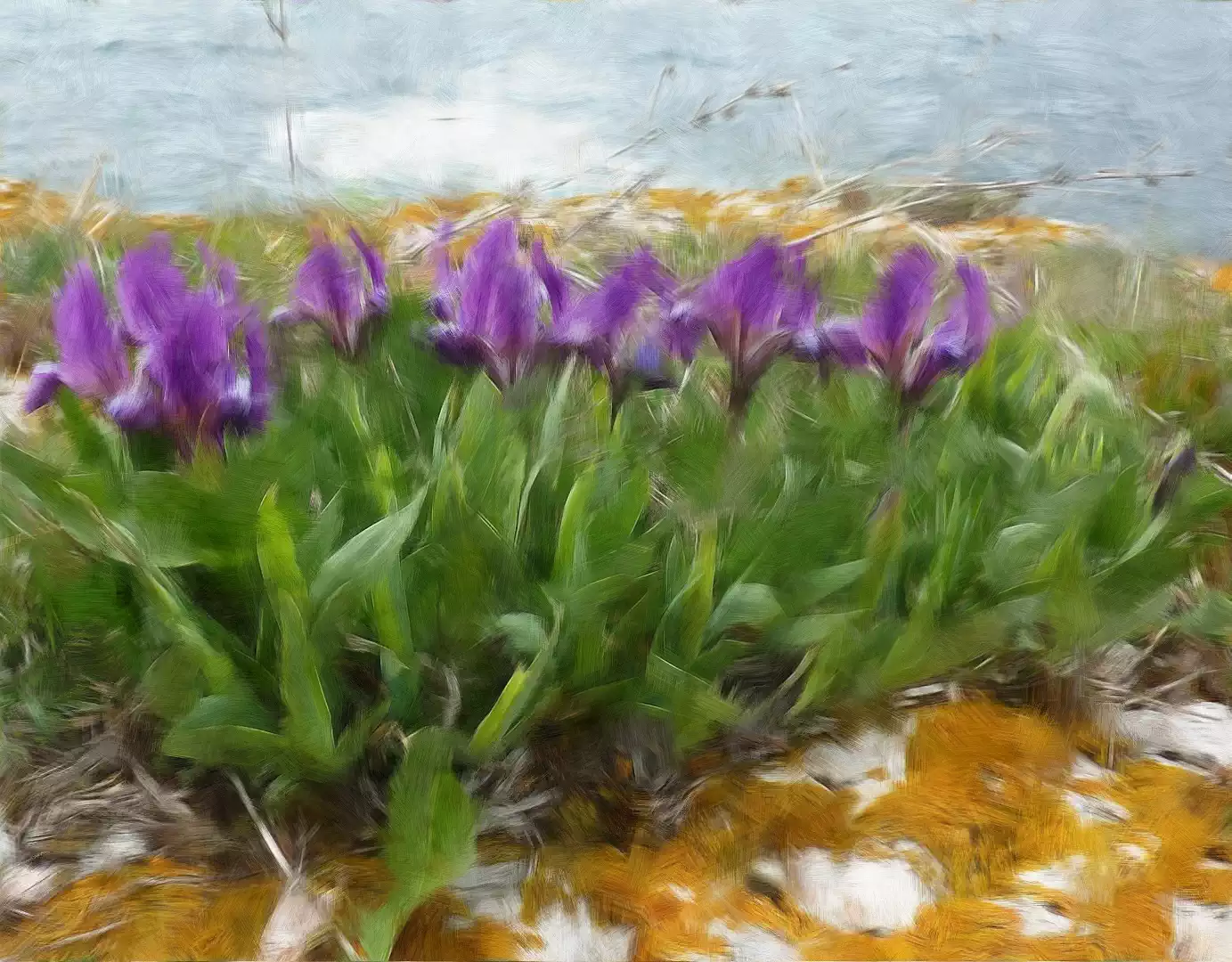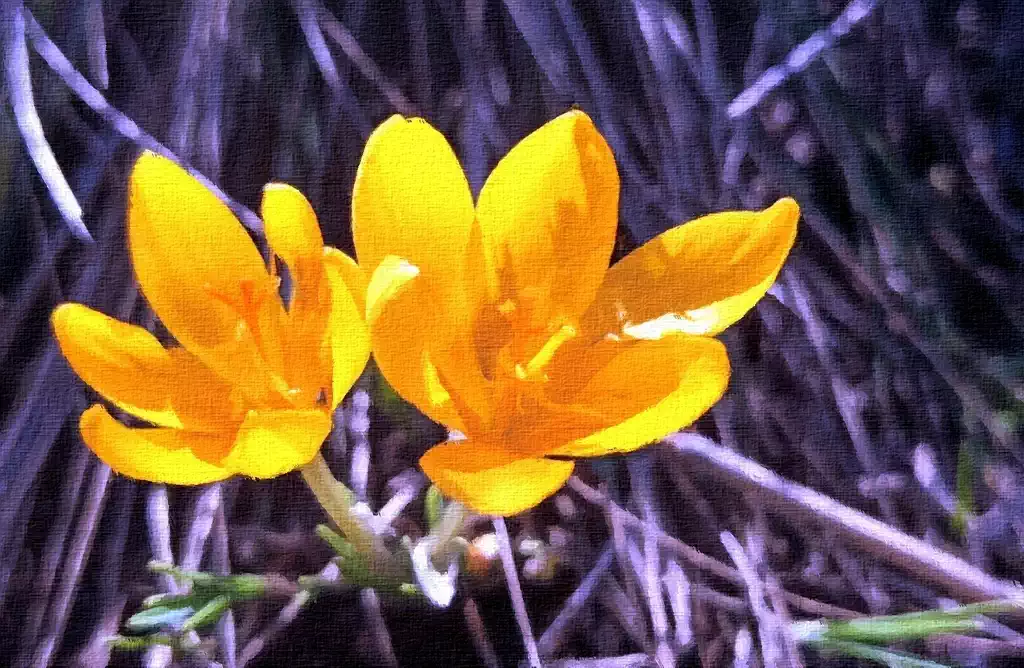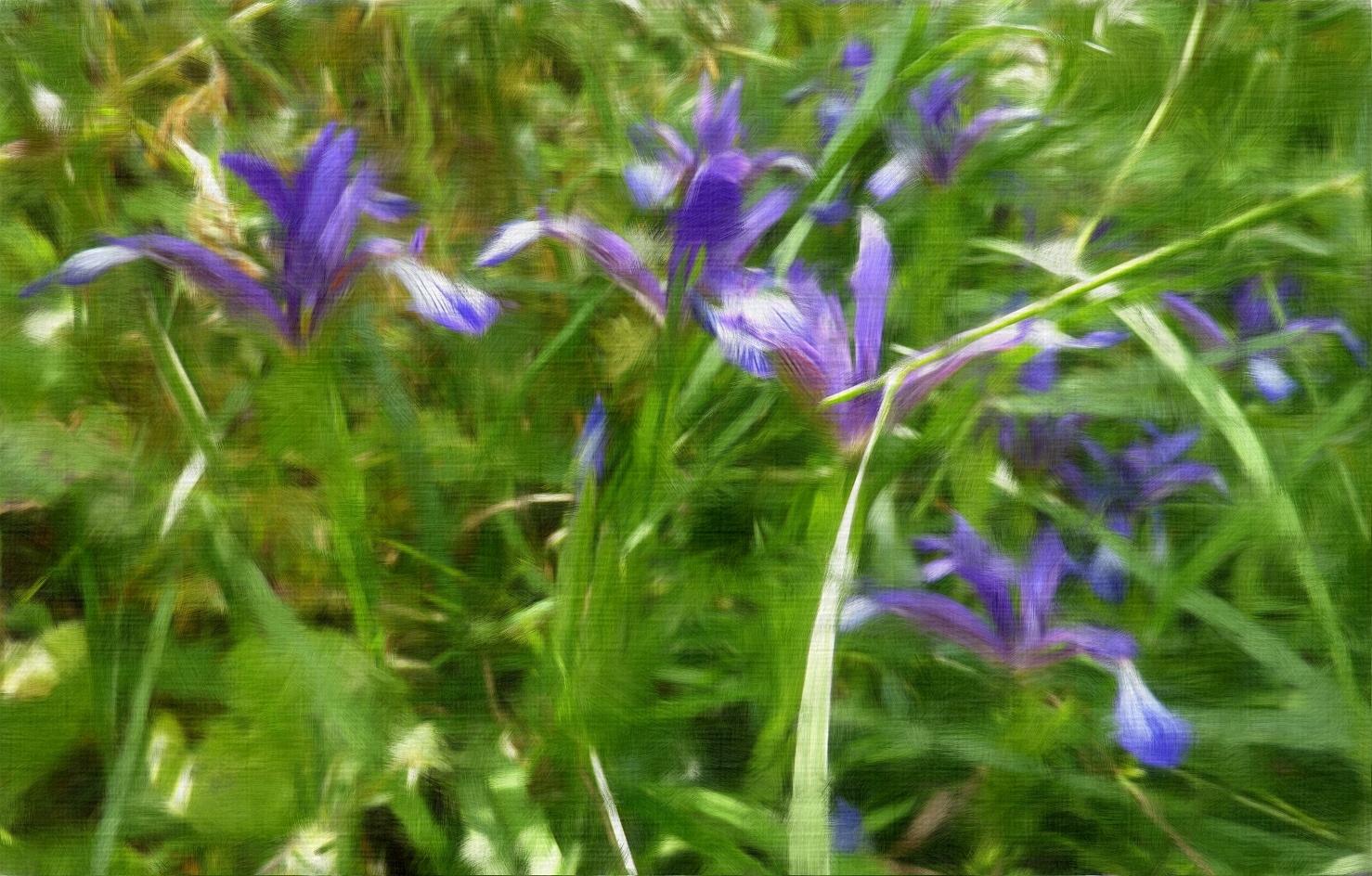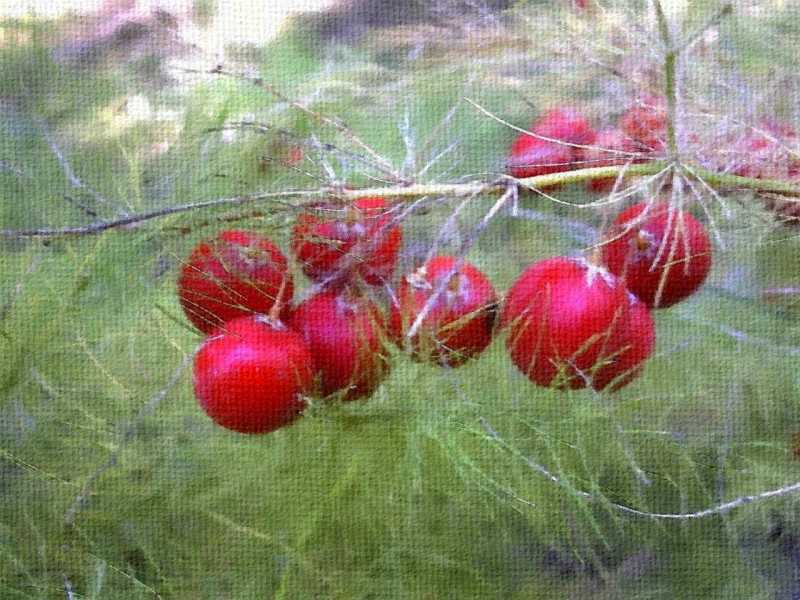MDPI PDFPetkov V., Batsalova T., Stoyanov T., Mladenova T., Kolchakova D., Argirova M., Raycheva T., Dzhambazov B. 2021.
Selective Anticancer Properties, Proapoptotic and Antibacterial Potential of Three Asplenium Species.
Plants 2021(10): 1053. https://doi.org/10.3390/plants10061053
Abstract
The ferns Asplenium ceterach L., Asplenium scolopendrium L. and Asplenium trichomanes L. have wide application in traditional medicine worldwide. However, the scientific research on their anticancer and antibacterial properties is insufficient. The present article aims to provide more information on this topic. Extracts derived from the aerial parts of A. ceterach, A. scolopendrium and A. trichomanes were examined using a panel of in vitro assays with different bacterial and mammalian cells. The cytotoxicity and anticancer activity of the samples were analyzed by 3-(4,5-dimethylthiazol-2-yl)-2,5-diphenyltetrazolium bromide (MTT) and Trypan blue assays with three human (A549, FL, HeLa) and three murine (3T3, TIB-71, LS48) cell lines. Inhibitory effects on the growth of Gram-positive (Bacillus cereus) and Gram-negative (Pseudomonas aeruginosa) bacteria were determined by the agar diffusion assay. Apoptosis-inducing properties of the extracts were analyzed by flow cytometry. Superoxide dismutase (SOD) activity in extract-treated cells was investigated by ELISA. The obtained results demonstrate selective anticancer activity of all three Asplenium species. The extract from A. ceterach displayed the strongest inhibitory properties against human cervical cancer cells and bacterial cells. It induced a lower level of cytotoxicity against mouse cell lines, indicating a species-specific effect. The extract from A. trichomanes demonstrated better anticancer and antibacterial properties than the sample from A. scolopendrium. Further experiments linked the mechanism of action of A. ceterach extract with oxidative stress-inducing potential and strong proapoptotic potential against the cervical cancer cell line HeLa. A. trichomanes and A. scolopendrium extracts appeared to be potent inducers of necrotic cell death.
- [цитирания:|citations:]
- Farràs A., Mitjans M., Maggi F., Caprioli G., Vinardell M.P., & López V. 2022. Exploring wild Aspleniaceae ferns as safety sources of polyphenols: The case of Asplenium trichomanes L. and Ceterach officinarum Willd. Frontiers in Nutrition, 9, 994215.
- Farràs A., López V., Maggi F., Caprioli G., Vinardell M.P., & Mitjans M. 2022. Chemical Composition and Cytoprotective Activities of Methanolic Extract of Asplenium adiantum-nigrum L.(Aspleniaceae). Horticulturae, 8(9), 815.
- Farràs Martínez A., Mitjans Arnal M., Maggi F., Caprioli G., Vinardell Martínez-Hidalgo M.P. & López V. 2022. Exploring wild Aspleniaceae ferns as safety sources of polyphenols: the case of Asplenium trichomanes L. and Ceterach officinarum Willd. Frontiers In Nutrition, 2022, vol. 9, p. 994215.
- Malati S.N.L.S., Rao G.N. & Kumar P.R. 2022. A Study on Antimicrobial Activity of Nephrolepis Biserrata from Eastern Ghats of India, Visakhapatnam District, Andhra Pradesh. IOSR Journal of Pharmacy and Biological Sciences. 17(4): 01-06. 10.9790/3008-1704010106
- Mohammed H.A., Emwas A.H. & Khan R.A. 2023. Salt-tolerant plants, halophytes, as renewable natural resources for cancer prevention and treatment: roles of phenolics and flavonoids in immunomodulation and suppression of oxidative stress towards cancer management. International Journal of Molecular Sciences, 24(6), 5171.
- Farràs A., Mitjans M. & López V. (2023). Bioactive Compounds in Polypodium vulgare L.(Polypodiaceae). In Bioactive Compounds in Bryophytes and Pteridophytes (pp. 1-15). Cham: Springer International Publishing.
